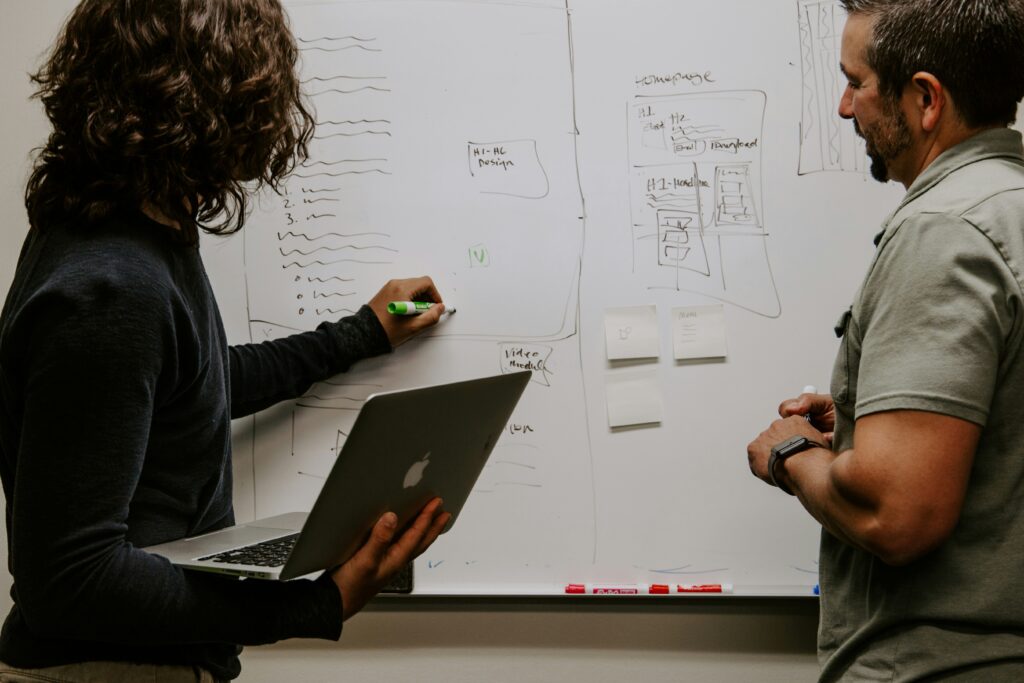
The first successful human transplant of a kidney converted from blood type A to the universal type O has been achieved using special enzymes developed at the University of British Columbia (UBC). This innovative approach aims to prevent mismatches and rejection of the organ, marking a significant step toward expediting kidney transplants for thousands of patients.
Published in Nature Biomedical Engineering, the groundbreaking study involved transplanting the enzyme-converted kidney into a brain-dead recipient with family consent, enabling researchers to monitor the immune response without endangering a life. For two days, the kidney functioned without signs of hyperacute rejection, a rapid immune reaction that can destroy an incompatible organ within minutes. By the third day, some blood-type markers reappeared, triggering a mild reaction, but the damage was significantly less severe than in a typical mismatch. Researchers observed signs that the body was beginning to tolerate the organ.
Enzyme Technology: A Decade in the Making
This breakthrough is the culmination of over a decade of research. In the early 2010s, Dr. Stephen Withers, a UBC professor emeritus of chemistry, and Dr. Jayachandran Kizhakkedathu, a UBC professor in the department of pathology and laboratory medicine and the Centre for Blood Research, focused on creating universal donor blood by removing the sugars that define blood types.
These sugars, or antigens, also coat organ blood vessels. If a recipient’s immune system detects an incompatible antigen, it launches an attack. Type-O patients—comprising more than half of kidney waitlists—can only receive type-O organs. However, type-O kidneys are often allocated to others due to their universal compatibility, resulting in longer wait times for type-O patients, with many dying while waiting.
Transforming Transplantation
Traditional methods to overcome blood-type incompatibility in transplants involve days of intensive treatment to strip antibodies and suppress the recipient’s immune system, requiring organs from living donors. This new approach alters the organ instead of the patient, potentially allowing faster transplants with fewer complications and enabling the use of blood-type mismatched organs from deceased donors—where every hour can be critical.
The key to this innovative approach is the 2019 discovery by the UBC team of two highly efficient enzymes that remove the sugar defining type-A blood, effectively converting it to type O. “These enzymes are highly active, highly selective, and work at very low concentrations,” said Dr. Kizhakkedathu. “That made the whole concept feasible.”
From Concept to Reality
The challenge was to apply this technology to whole organs, which was achieved in 2022 when a Toronto team demonstrated the conversion of lungs. After successful tests on blood, lungs, and kidneys (in collaboration with the University of Cambridge) outside the body, the question remained: Could an enzyme-converted organ survive inside a human immune system?
The answer came in late 2023 during an overseas trip for Dr. Kizhakkedathu. “Our collaborators showed me their data where, using our enzymes, they had converted a human kidney and transplanted it into a brain-dead recipient. It was working beautifully.” He immediately contacted Dr. Withers to share the exciting news. “I was so thrilled. It was a dream moment.”
“This is the first time we’ve seen this play out in a human model,” said Dr. Withers. “It gives us invaluable insight into how to improve long-term outcomes.”
The Road Ahead
Blood-type antigens function like nametags on cells, and the UBC enzymes act as molecular scissors, removing the ‘nametag’ that marks type A and revealing type O beneath. “It’s like removing the red paint from a car and uncovering the neutral primer,” explained Dr. Withers. “Once that’s done, the immune system no longer sees the organ as foreign.”
Regulatory approval for clinical trials is the next hurdle, and the partner UBC spin-off company Avivo Biomedical will lead the development of these enzymes for transplant applications and to enable the creation of universal donor blood on demand for transfusion medicine.
“This is what it looks like when years of basic science finally connect to patient care,” said Dr. Withers. “Seeing our discoveries edge closer to real-world impact is what keeps us pushing forward.”
The implications of this breakthrough are enormous, potentially transforming the landscape of organ transplantation and saving countless lives by reducing wait times and increasing the availability of compatible organs.





